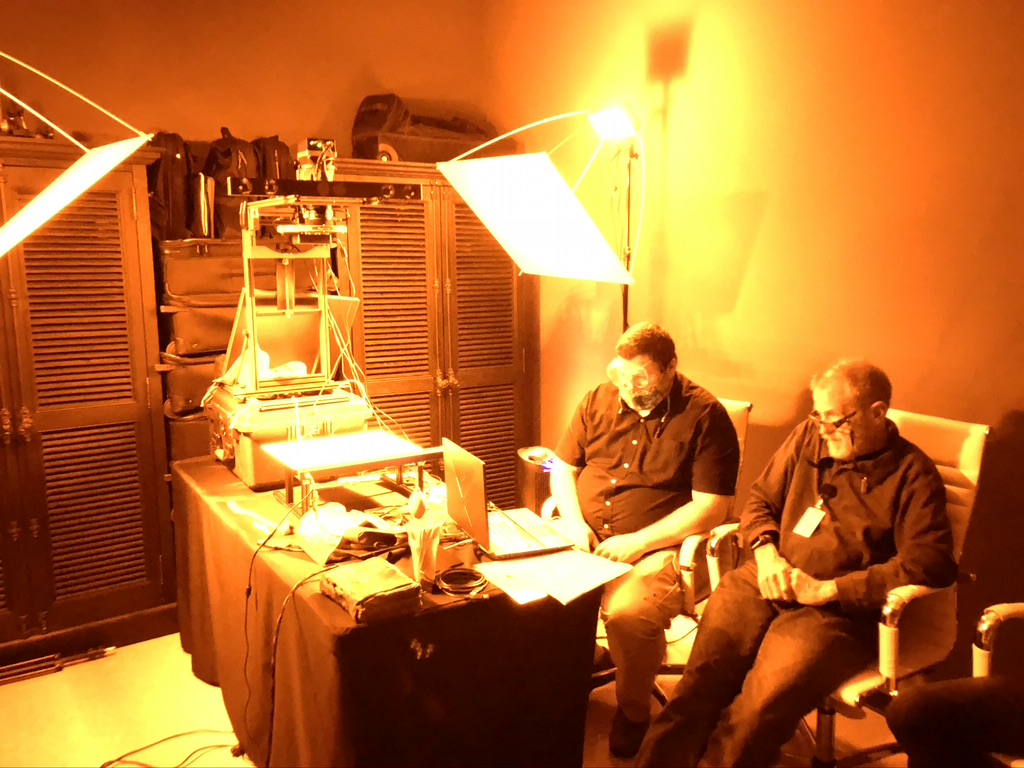By: Laura Bandy
Some manuscripts offer more than meets the naked eye! That’s why CSNTM uses a technology originally developed by NASA for satellite images—an imaging systems that uses multispectral imaging (MSI.)
What is MSI?
Unlike a typical digital SLR (single-lens reflex camera) that your family photographer might use that takes photos in natural light and with objects in motion, an MSI system takes several different captures, one color at a time. Why is this useful?
Materials reflect and refract light differently, depending on their unique characteristics, such as density or chemical makeup, etc. And they respond to each color of light differently. For example, a particular kind of ink may absorb yellow light while reflecting blue or red light. Consequently, that ink would be invisible under yellow light, while appearing quite vivid under blue or red. So, ink that’s barely visible under normal lighting will appear vividly on one or more of the images taken—one at a time—under each color of the spectrum.
Measuring the specific amount of blue in a manuscript’s ink can reveal the chemical compound of the ink the scribe used. And if a researcher can find out the type of ink, he or she may also discover the production location or age. An MSI camera records practically perfect measurements of various colors in an object—whether amber, blue, ultraviolet, or even infrared—depending on which single-colored lights the digitizers decide to use. Software can then compile each different monochrome photograph and construct a composite image.
An MSI camera, then, takes only monochrome photos, and digitizers have to capture one color photo at a time. The pictures below show CSNTM using specific, monochrome lights in order to gather data for twenty different colors.
What tasks can CSNTM use it for?
CSNTM’s MSI camera images can provide extremely accurate data, precisely counting the reflection of light waves and giving us much-needed information about a New Testament manuscript. But the MSI camera can do even more than that. A manuscript’s ink, pages, and other markings can react to light waves invisible to the human eye—such as infrared rays—and an MSI camera can interpret the frequency of those infrared light waves. In doing so, it can reveal undertext and watermarks.
An old French Bible CSNTM used during its MSI training looked like it had a watermark on its last page, but the staff was unable to discern the paper-making company’s name or design, which could give us a date for the book. So, we tried our new skills on the last page to see if we could take a clear image of the watermark. Below are images from before and after our MSI digitization.
What does CSNTM do with MSI?
CSNTM is preparing for expeditions to gather crucial information like what we uncovered with the old French Bible, only from even older and more fragile New Testament manuscripts that hold many secrets. With infrared and UV images and precise color data, New Testament textual scholars expect to obtain dates, read hidden text, and gather other vital information. We are excited to share these discoveries with you soon and are grateful for your dedication to the preservation and scholarship of the New Testament text.

